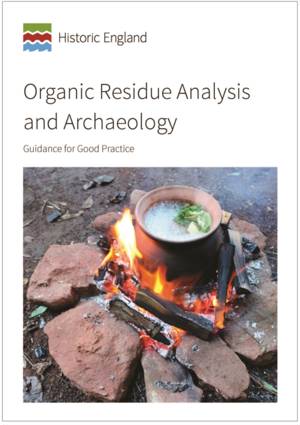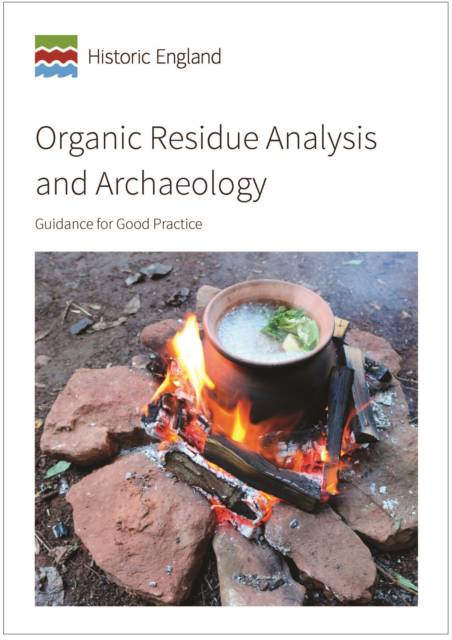
- Retrait gratuit dans votre magasin Club
- 7.000.000 titres dans notre catalogue
- Payer en toute sécurité
- Toujours un magasin près de chez vous
- Retrait gratuit dans votre magasin Club
- 7.000.0000 titres dans notre catalogue
- Payer en toute sécurité
- Toujours un magasin près de chez vous
Description
This document provides guidance for good practice in the recovery, analysis and publication of organic residues from archaeological sites. It has been written for a range of archaeological professionals, including local authority archaeology officers, archaeological units and consultants, project managers, museum curators, conservators and pottery specialists, with the aim of ensuring that approaches are suitable, cost-effective and informative.
The objectives of the guidelines are to:
- inform practicing archaeologists of the principles and potential applications of organic residue analysis (ORA)
- provide clear and coherent guidance on organic residues recovery, sampling and analysis
- demonstrate the research potential of the approach
This guidance was commissioned by Historic England and written by University of Bristol-based organic residue specialists, with contributions from the Universities of Bradford and York, in consultation with pottery specialists, museum curators, field archaeologists, local authority curators and Historic England.
Spécifications
Parties prenantes
- Auteur(s) :
- Editeur:
Contenu
- Nombre de pages :
- 52
- Langue:
- Anglais
- Collection :
Caractéristiques
- EAN:
- 9781848024830
- Date de parution :
- 23-02-17
- Format:
- Livre broché
- Format numérique:
- Trade paperback (VS)
- Dimensions :
- 210 mm x 297 mm

Les avis
Nous publions uniquement les avis qui respectent les conditions requises. Consultez nos conditions pour les avis.






